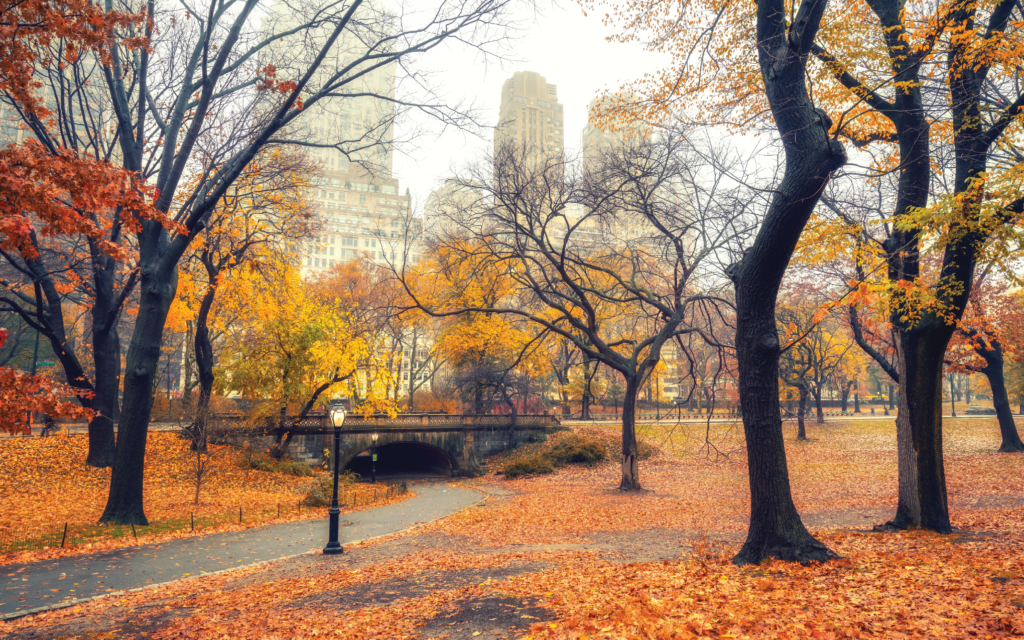
In 2019 I wrote my first “Why I Am Grateful for My Hearing Loss” blog article. It quickly became one of our most popular posts. So, I continued the theme in 2020 and 2021. Now, it just doesn’t seem like Thanksgiving without taking some time to reflect and share on this topic. Hearing (loss) and sound have significantly shaped my life and my perspective. And I’ve been especially grateful for my continuing journey of discovery in the area of sound and wellness — a journey I might never have started had it not been for my early hearing loss.
The power of soundscapes
Last year, I shared something of an epiphany I had about the relationship between sound and wellness. Simply put, our soundscape changes everything! The sounds we hear (and those we don’t) affect our focus, energy, and sleep, contributing to our mental and physical health. And soundscapes impact every one of us — not just those with hearing loss.

Sound and wellness experiences
I recently met Robbie, a web developer who moved from Chicago to Phoenix, partly to escape city noise. In Chicago, he enjoyed walking along downtown streets, but the unrelenting city noise sapped his energy and heightened his anxiety. He’s happy with his new job in a quieter suburb out west, but he misses the city, too. I suggested noise-canceling earbuds might help, next time he was in the windy city. He lit up at the idea. “You know,” he said, “when we go outside, we usually think about sunglasses to protect our eyes, or sunblock to protect our skin. But it makes sense that we should do something to protect our ears from sound and noise, too! I never thought of that before.”
Or consider my new friend, Juan, an Uber driver I met in Columbus, Ohio. He is a fellow New Yorker, so we had a lot to chat about on the drive. He likes living and working in Columbus, but he often finds it quiet — too quiet. His solution? He uses earbuds to generate low-level white noise. For Juan, simulating the steady rhythm of the Big Apple reduces stress and helps him better concentrate.
And that’s the fascinating thing about soundscapes: they are as personal and individual as they are critical to our wellbeing. The right conditions for our soundscapes are as varied as we are.

Sound-related health conditions
Properly managing sound and noise is even more important for people with sound-related conditions, like misophonia or tinnitus. Jayme, who has mild misophonia, couldn’t stand her husband’s office fan. The regular click and whir drove her to distraction and annoyance, even if she was in another room. Helping him upgrade to a quieter appliance may have saved their marriage!
Jason, a talented chef and good friend, has tinnitus. He uses a comfy pair of sleep headphones to generate various sonic hues (white, brown, or pink noise). The headphones help improve his sleep, and his energy and focus for the next day.
Rachel suffers from Autonomous Sensory Meridian Response (ASMR). Seemingly mundane sounds, like crinkling wrappers or squelching styrofoam, can cause uncomfortable tingling sensations along her scalp, neck, and back. So, she avoids plastic packaging — which helps both the environment and her wellbeing! When in public, she often uses earbuds to cancel noises or interrupt repetitive sounds with her favorite music or a podcast.
Connection and inclusion
Of course, carefully managing sound and noise is an everyday activity for those of us with hearing loss. I’m particularly thankful this year for the long-overdue arrival of over-the-counter (OTC) hearing aids. These hearing aids are essentially enhanced earbuds that combine hearing aid technology with the comfort, style, and features we’ve come to expect from devices primarily used for music and podcasts. Available without a prescription, OTC hearing aids will make hearing health more affordable and accessible.
But more than that, I believe these new devices can upend the negative stereotypes and stigma sometimes associated with “hearing aids” and even “hearing loss.” After all, just about everyone has a set of earbuds, don’t they? Soon, it may be nearly impossible to tell whether those earbuds are for “hearing loss” or for “sound wellness.” OTC hearing aids may help us realize that the distinction doesn’t matter at all.
Sound and wellness insights
The sounds we hear — the sounds we share — are part of our human experience. We can use earbuds to compensate for hearing loss, to help us concentrate, or just to enjoy our music stream. We can use other technologies, from noise generators to acoustic paneling to quiet appliances, to create our ideal soundscapes.

I’m grateful to my friends for sharing their experiences. Their insights have profoundly affected me and the entire Akoio team, as we continue expanding our vision beyond hearing health to include all aspects of sound and wellness. I’m also thankful — and proud! — of the work our team has done so far in publishing a new series of Akoio Guides focused on “Managing Soundscapes.”
My friends and colleagues remind me that we’re all sharing this world, and its sounds and noises, together. I’ve met many of them because of my own hearing loss, or my work with hearing health. I’ve met even more on my journey to better understand sound and wellness. Along with my family, they’ve helped me realize that the path to better living, perhaps to a better world, begins with careful listening — to the sounds around us, and to one another.
Happy Thanksgiving!

